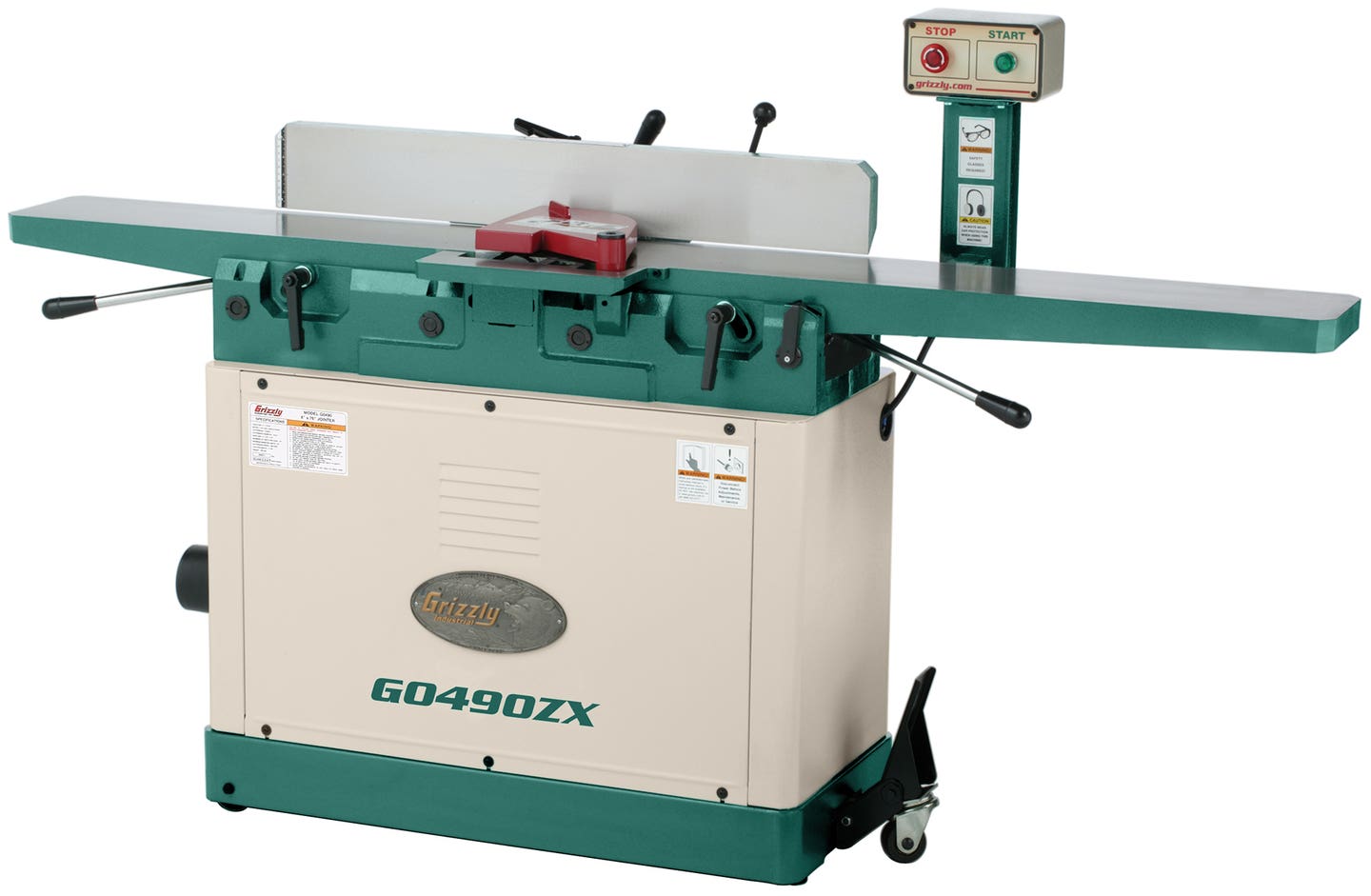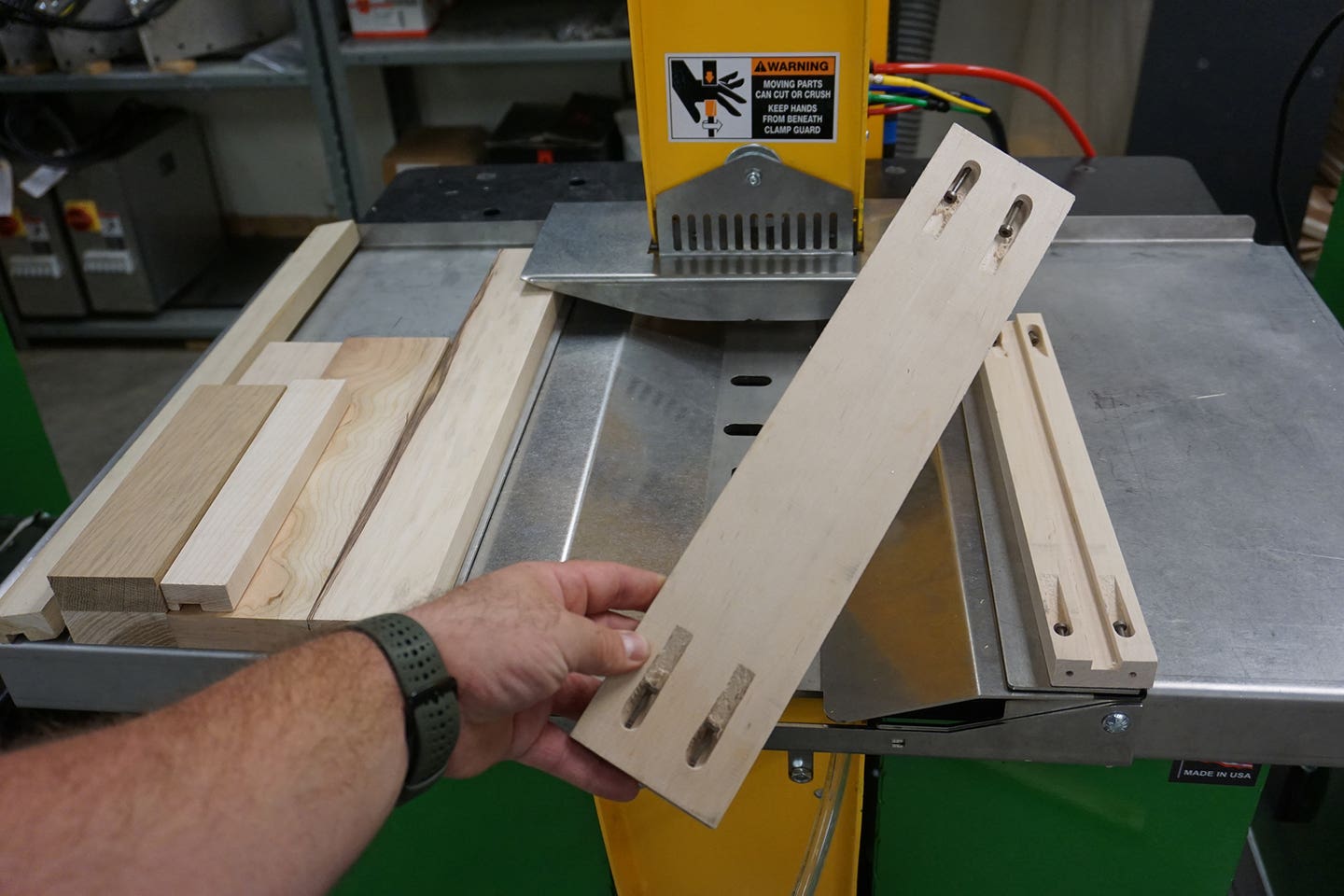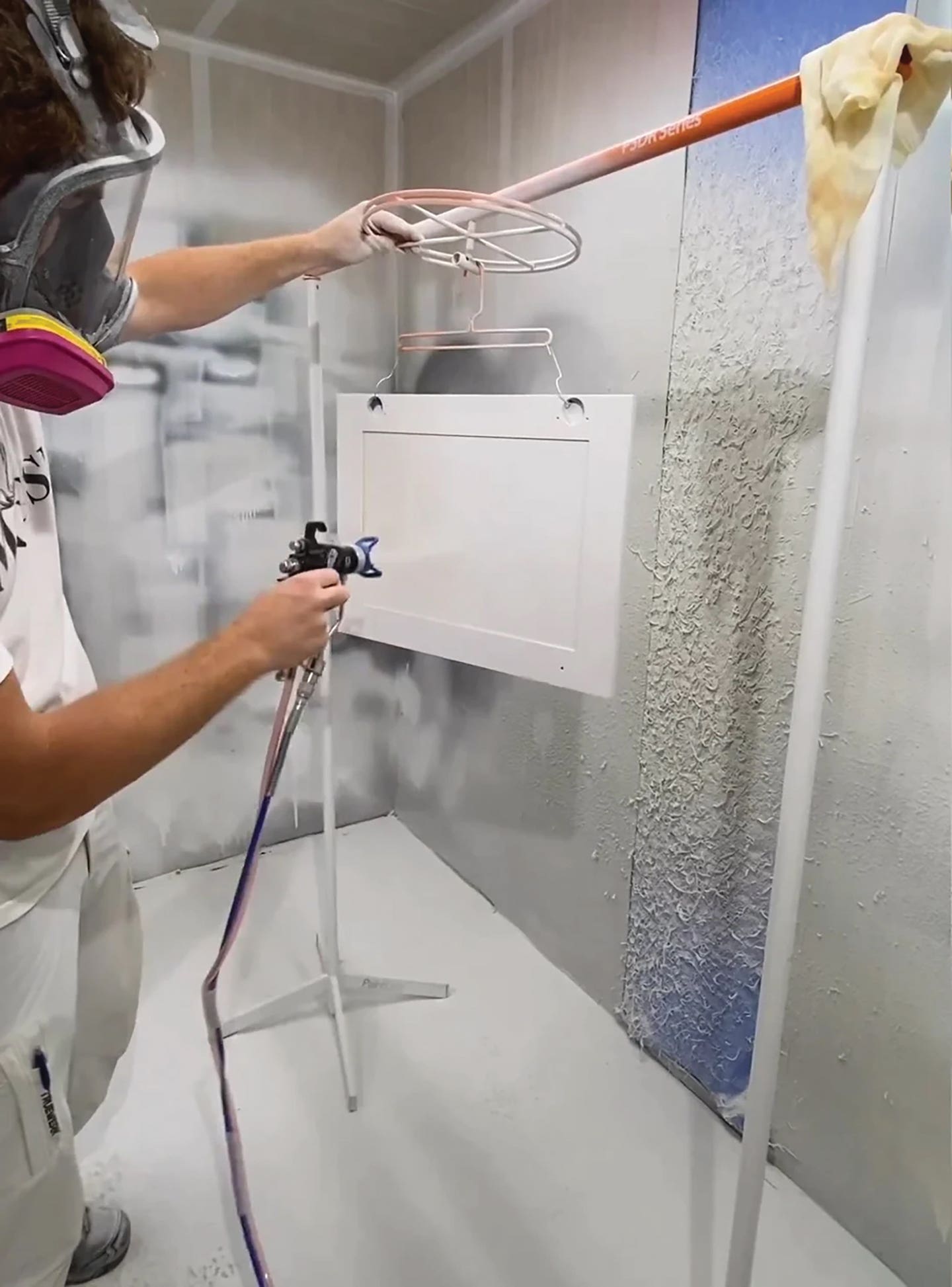Bigger, better batteries are key to our future
As you read this, there are thousands of guys in North Dakota living in “man camps” that are eerily reminiscent of the 1930s. Back in 2000, Williston and Watford City…
As you read this, there are thousands of guys in North Dakota living in “man camps” that are eerily reminiscent of the 1930s. Back in 2000, Williston and Watford City were remote little hamlets on the windswept prairie, far removed from mainstream America. The biggest news in town was a stray steer on the highway or the librarian’s new haircut. Now, thanks to something called fracking, these have become everything one imagines about boomtowns. They are at the center of the Bakken oilfield.
So what on Earth does that have to do with cordless drills in a woodshop?
One key to the answer can be found in a report by The New York Times 18 months ago that said “the United States will overtake Saudi Arabia as the world’s leading oil producer by about 2017 and will become a net oil exporter by 2030.”
Frackin’ in the Bakken has a lot to do with that. America is harvesting more fossil fuel, while other countries pursue alternatives. Germany, for example, already derives more than 6,500 MW from active solar. In fact, Germany’s capacity for generating photovoltaic solar power is now about six times that of the U.S, and growing. Spain and Japan are significantly ahead of us in photovoltaic solar power, too, and even Italy (with just 1/5 of our population) is barking at our heels. And here’s a surprise: China produces more than twice the clean hydro-generated power of the U.S. We don’t even lead the field in biogas — both Germany and Britain are ahead of us there.
All of these shifts in global resource management are circling the biggest problem facing the planet: how to more efficiently store electrical energy. Generating power from non-fossil sources is challenging, but eminently possible, as lots of other countries are demonstrating. Delivering it to end users is not so simple.
We need better batteries.
Driving forces
The most visible evidence of the need for better storage is the automobile industry. Everyone knows that the electric car is the vehicle of the future (fuel cells could play a role, too). The goal is twofold: to create a new generation of highly efficient batteries and then charge them with clean power rather than plugging into coal-burning power plants. But, right now, the range of vehicles (how far they can go) restricts them to city commuting. A few hybrids that carry both a gasoline engine and an electric motor can actually make it to the next town in a Western state, but pure electric cars (no gas) generally have a disappointing range. Ford’s new Focus Electric dribbles to a stop after about 76 miles without recharging and Chevy’s all-electric 2015 Spark is listed at just 82 miles. The one bright spot is California’s Tesla Motors, which is producing all-electrics with ranges roughly equivalent to smaller gas-fueled cars. Their Model S with an 85 kWh battery kit can go up to 265 miles in ideal conditions, but the price tag is sobering ($70,000 to $80,000).
So carmakers are driving battery research and there’s a pot of gold waiting. Globally, the lithium-ion battery market “earned revenues of $17.58 billion in 2013 and estimates this to more than quadruple by 2020,” according to recent study by Frost & Sullivan, a technology consulting firm.
During the next decade, batteries for cordless tools are expected to get smaller, lighter, stronger, longer-lasting and cheaper. Lithium-ion, rather than any other battery format, is seen as the way forward because it can store large amounts of energy and still remain relatively lightweight. Lithium can store about twice the energy of nickel-metal-hydride and about six times the energy of a lead-acid battery. It also holds a charge four times better than nickel-metal-hydride, trickling away just 5 percent or so a month.
Unlike other batteries, lithium-ion packs don’t have to be completely discharged to take a full charge (called the memory effect). And they can handle a lot more recharges than traditional storage devices.
Manufacturing to double
On Sept. 3, Reuters reported that the state of Nevada would shortly announce that it won a bid for Tesla Motors’ new $5 billion battery plant that will design, develop and manufacture lithium-ion batteries. The Reno plant’s goal is to build cheaper and more efficient battery packs for the company’s future electric car models. Estimates are the production of 500,000 vehicles annually by 2020, with a range of 200 miles and a price tag that’s half the current one on a Tesla (dropping to about $35,000). This will be the world’s largest such plant and predictions are that it alone will double the world’s manufacturing capacity.
With the auto industry taking the lead in research, it’s not beyond reasonable conjecture to assume that the power tool industry is going to follow in its wake and deliver some serious innovation during the next decade.
Look for battery packs that can run all day long under the most intense usage. Tools that are currently at or beyond the edge of rechargeable battery technology, such as table saws and jointers, will probably be brought into the fold. There is talk of portable power packs that will replace gas-powered generators on new construction or remote installations. And a whole new generation of microcomputers is being built into battery packs to better manage power/discharge.
While tool manufacturers don’t have the kind of research dollars available to the automotive industry, they certainly have engineers who can take advantage of major advances paid for by the big boys.
This article originally appeared in the October 2014 issue.







